New Year’s Day Traditions: Symbolic Foods for Prosperity and Abundance

New Years dinner or christmas dinner
Posted January 1, 2024
As the world bids farewell to the old year and welcomes the new with the chime of midnight on New Year’s Eve, a global tapestry of hope, resolutions, and a collective fondness for age-old culinary traditions unfolds on New Year’s Day. These are traditions that both me and Ian have grown up with and ones that continue to this day in the homes of my family members and ours.
Among these cherished customs is the symbolic partaking of black-eyed peas, a family favorite (in fact, my mother started soaking her beans on Christmas Day). Wondering why these legumes hold a special place in New Year’s celebrations? Pull up a chair to my virtual table as I share the profound meaning behind black-eyed peas and uncover the symbolism woven into other traditional foods that mark the beginning of the year, each promising a year ahead filled with prosperity and abundance. Bon appétit!
Black-Eyed Peas: An Emblem of Prosperity
In Southern cuisine, the historical significance of consuming black-eyed peas on New Year’s Day runs deep within the Southern United States. This tradition finds its origins in African American communities that embraced black-eyed peas as a symbol of resilience and hope during challenging times. The practice also has historical ties to West African culture, where black-eyed peas were considered a symbol of good fortune.
Families come together on New Year’s Day to enjoy dishes like Hoppin’ John, a savory blend of black-eyed peas, rice, and seasonings. This culinary tradition, anchored in both cultural history and practical symbolism, stands as a meaningful ritual that has persisted through generations in the Southern United States. The peas, symbolizing coins and promising financial well-being, reflect a tradition that transcends time.
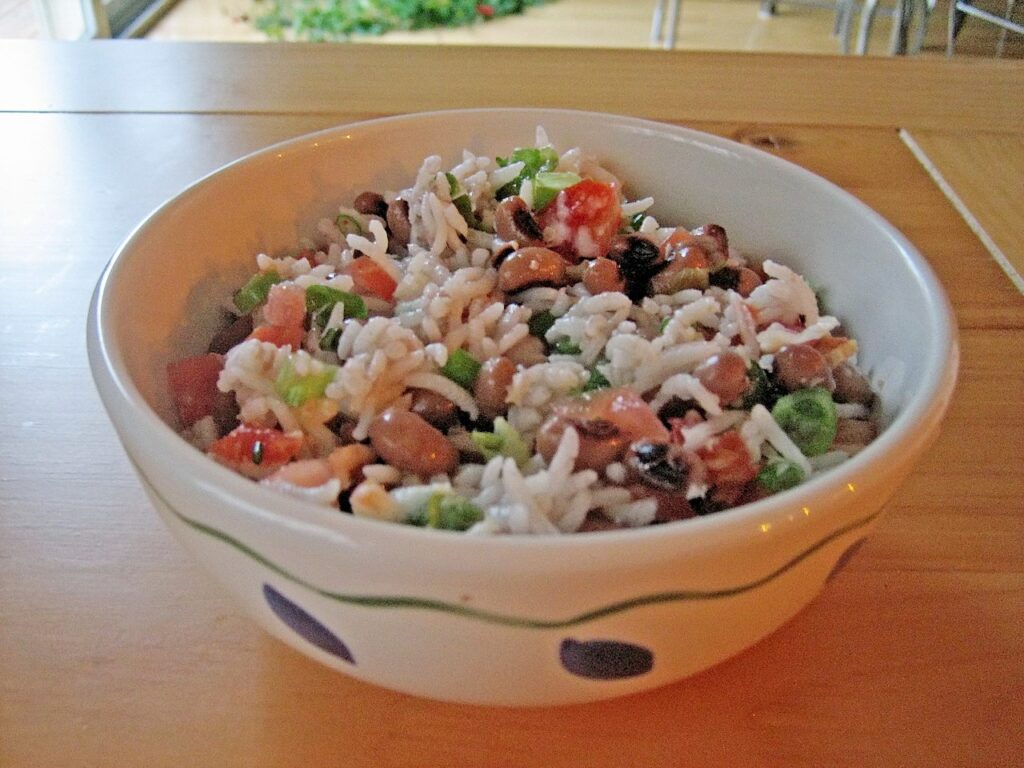
Greens: Cultivating Wealth
In addition to black-eyed peas, a prevalent New Year’s Day tradition involves the incorporation of vibrant greens, such as collard greens, kale, or cabbage, into celebratory meals. The verdant hues of these vegetables are steeped in symbolism, with green traditionally associated with prosperity. This practice can be traced back to European customs where the color green represents affluence and financial success.
The inclusion of greens in the New Year’s Day feast becomes a meaningful ritual, signifying collective hope for wealth and economic well-being in the approaching year. Families often indulge in the preparation of Southern-style collard greens, a dish that not only captures the essence of the fresh start symbolized by the new year but also reinforces the shared belief in a future brimming with prosperity and abundance.
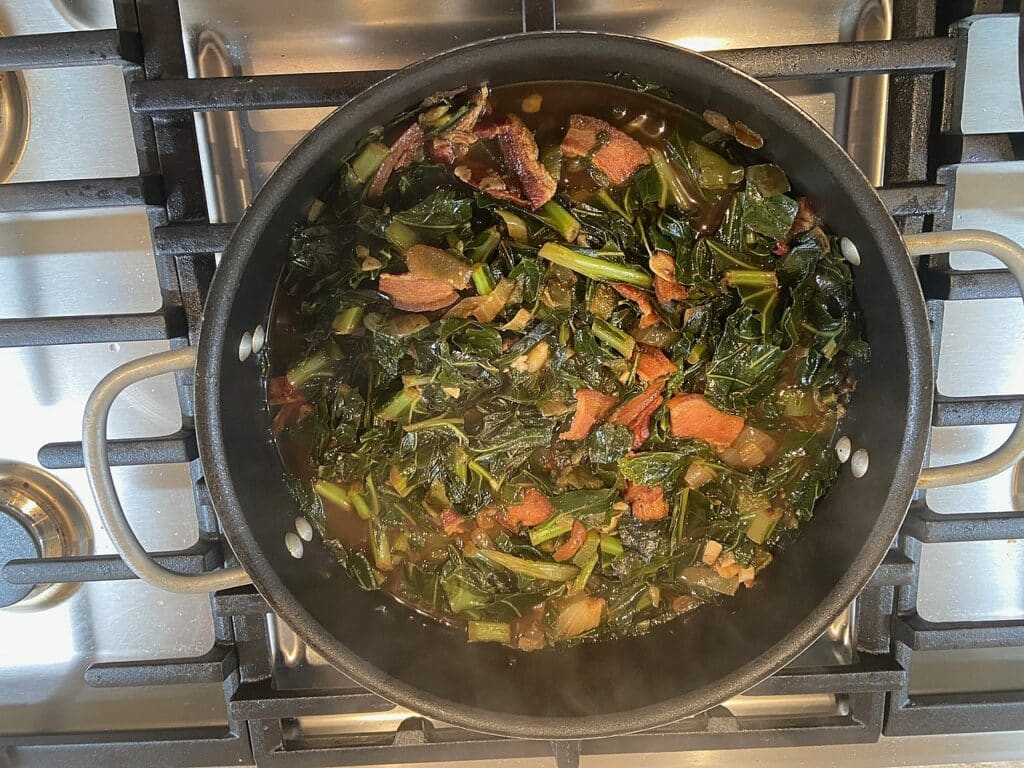
Pork: A Symbol of Progress and Prosperity
Pork plays a pivotal role in the culinary traditions of New Year’s Day, carrying profound significance across various cultures. This practice of including pork in celebratory meals on the first day of the year is deeply rooted in the customs of European and Asian societies, where the pig symbolizes notions of progress and wealth. Whether it takes the form of succulent roasted pork, savory ham, or flavorful sausages, the presence of pork in the New Year’s feast is believed to usher in good fortune and success for the upcoming year.
The delectable flavors of a roast pork loin not only add a touch of indulgence to the festive table but also act as a delightful reminder of the anticipated abundance and forward movement that the new year holds. As families and communities come together to savor these pork-infused dishes, they partake in a cultural expression that transcends borders, embracing the shared belief in prosperity and positive momentum for the year ahead.
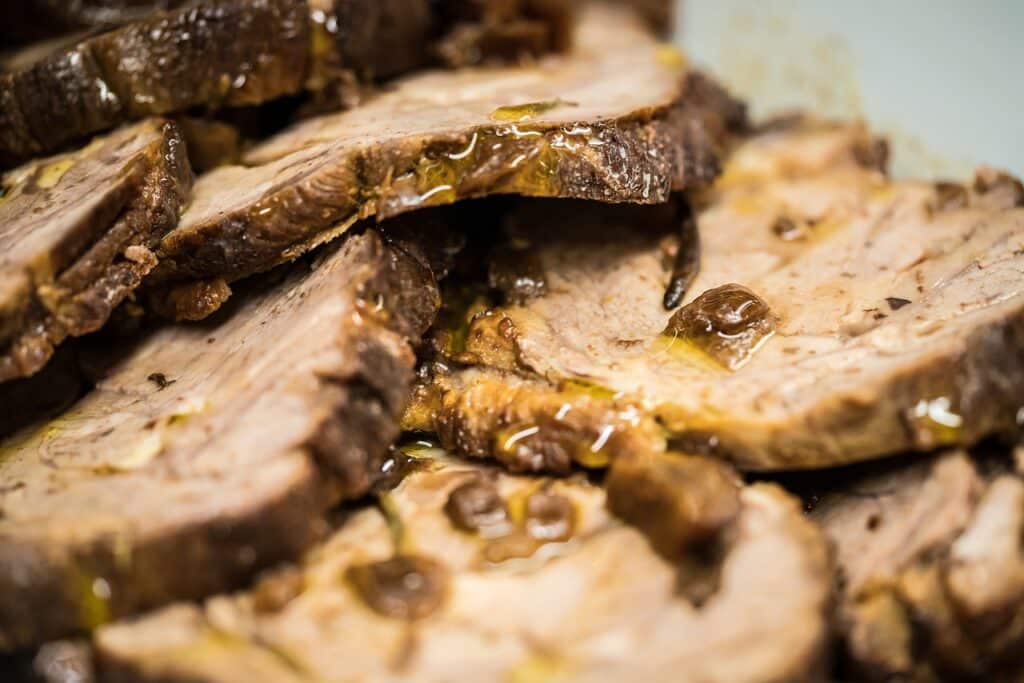
Fish: Abundance from the Sea
Fish holds symbolic importance in New Year’s Day meals across various cultures worldwide. It represents more than just a delicious dish; it embodies the collective desire for abundance and prosperity. This symbolism is especially notable in coastal communities, where the connection to the sea amplifies the cultural significance of incorporating fish into the New Year’s feast. Found in numerous cultures globally, the choice of a fish dish becomes a personal expression of tradition and optimism, reflecting a shared hope for success and blessings in the upcoming year.
Families choose a fish dish that aligns with their preferences and heritage, whether it’s the flavors of lemon herb-baked salmon, the simplicity of grilled tilapia, or the richness of pan-seared sea bass. The belief that the ocean holds promises of abundance resonates deeply, mirroring the collective aspiration for a year filled with positive possibilities. This cultural practice not only enhances the New Year’s Day meal but also fosters a connection to ancestral roots, uniting families in the anticipation of good fortune and prosperity embodied by the symbolic fish.
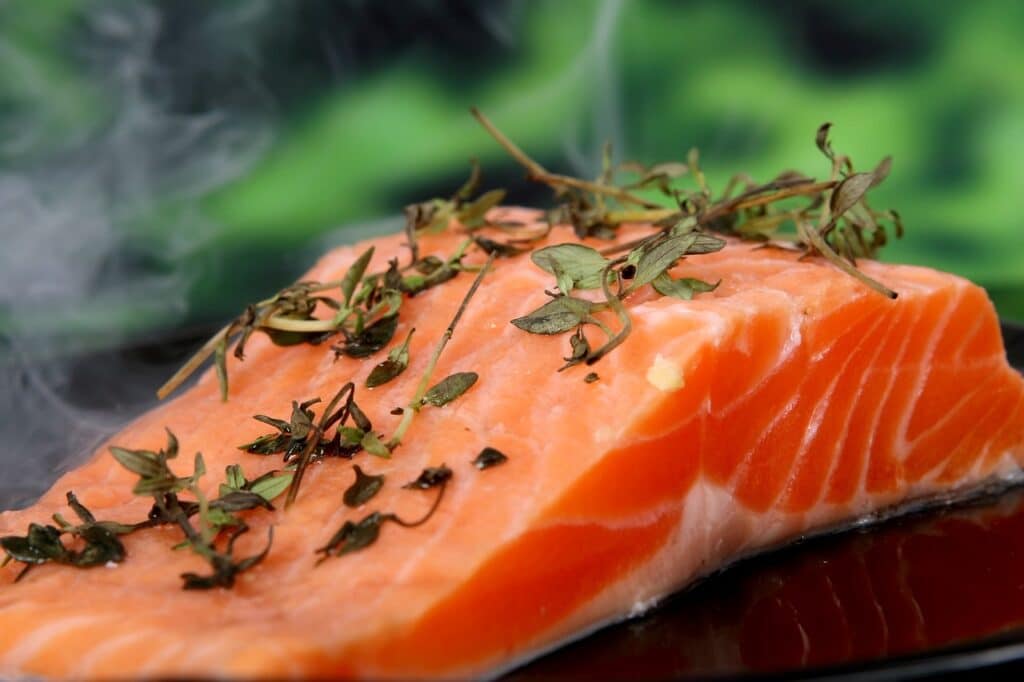
A Dining Table for New Beginnings
As you gather with family and friends to welcome the New Year, consider incorporating these symbolic foods into your celebration. Whether you follow the Southern tradition of black-eyed peas, embrace the prosperity associated with greens, indulge in succulent pork, or enjoy the symbolism of fish from the sea, these dishes carry the hopes and wishes for a prosperous and joyous year ahead.
These culinary traditions, handed down through generations, not only celebrate the richness of cultural heritage but also foster a sense of unity and optimism as communities come together to welcome the possibilities of a new year. I always have a bottle of bubbly to celebrate the good things to come.
Here’s to new beginnings and the traditions that make them special! May your New Year be filled with abundance, prosperity, and the shared joy of culinary traditions. Cheers!
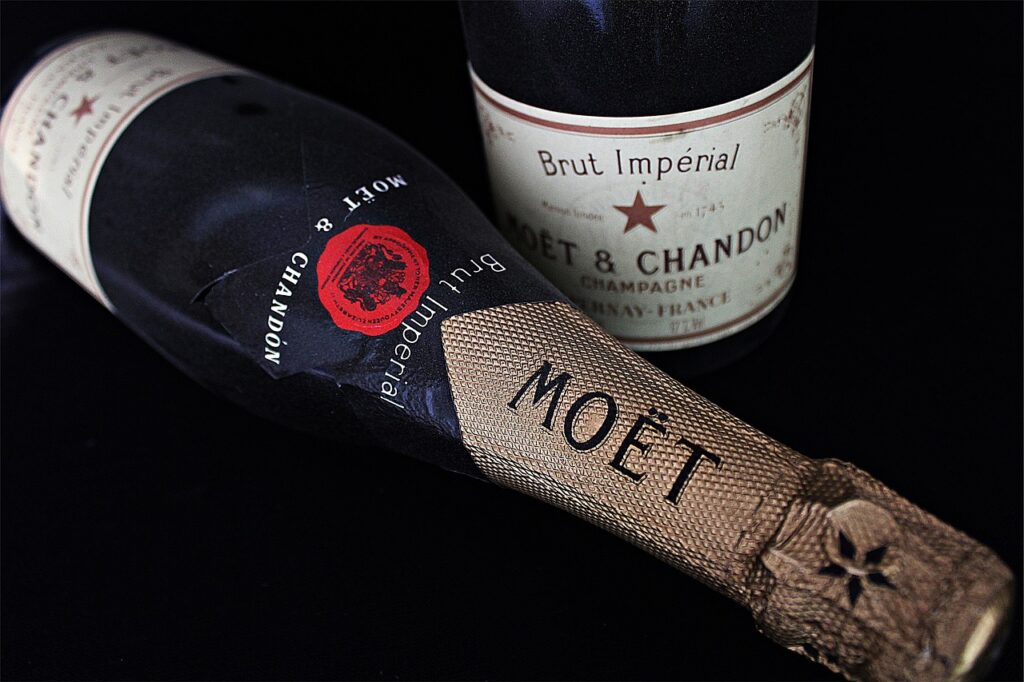
Join the community!

Join our community to receive special updates (we keep your private info locked.)




